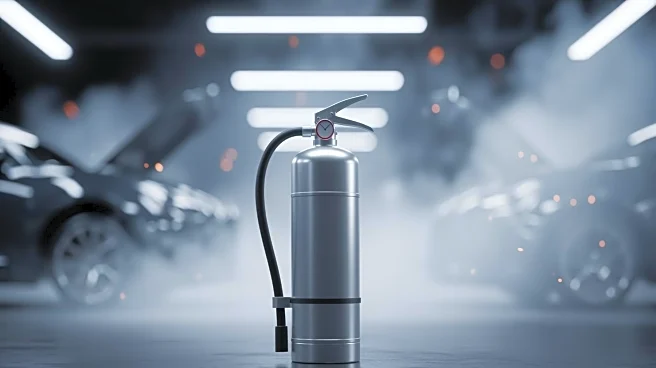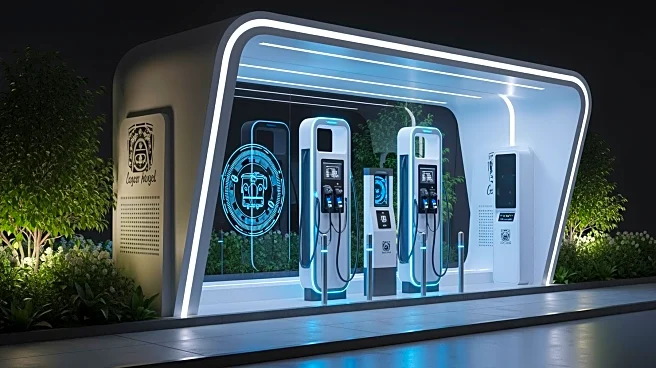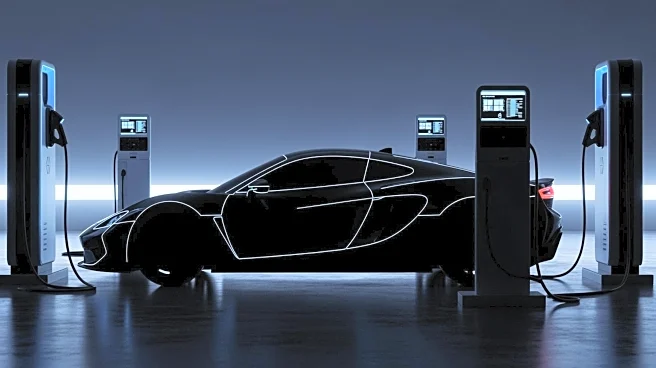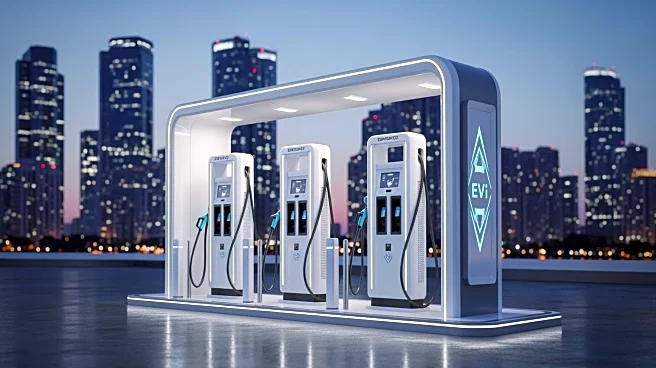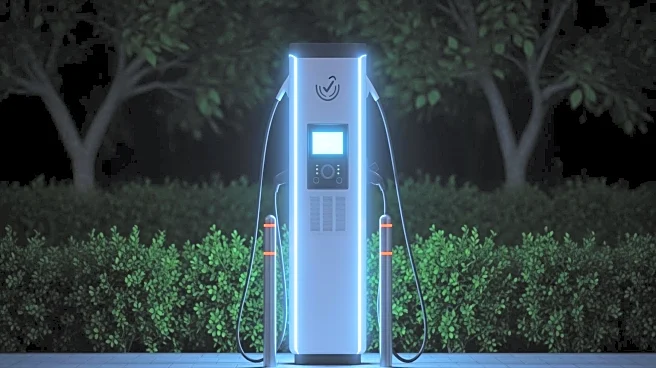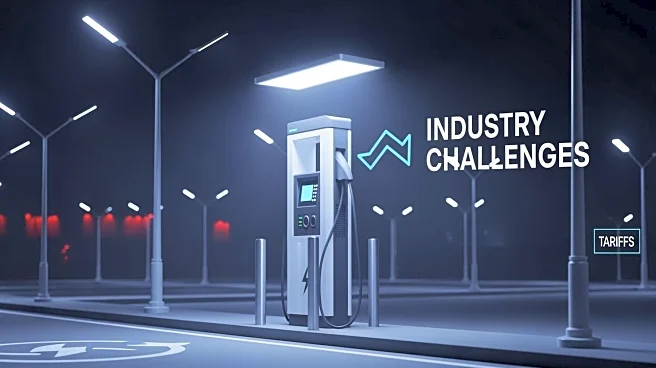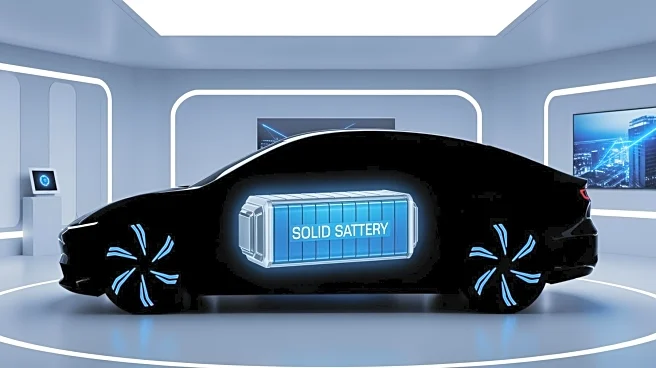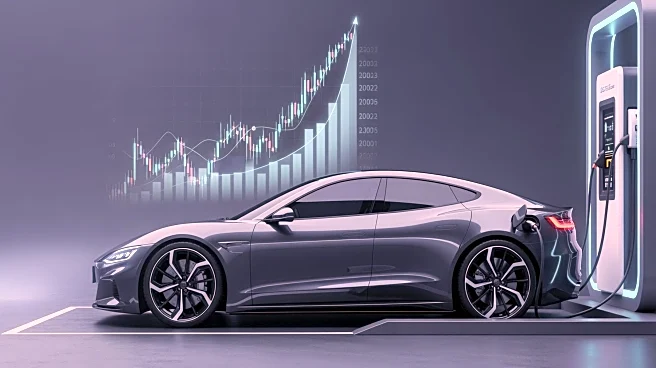What's Happening?
A fire at the General Motors design facility in Pasadena resulted in the destruction of multiple concept cars. The incident occurred on Wednesday night when the facility, which houses lithium-ion batteries, caught fire. Emergency services, including a hazardous
materials crew, were dispatched to manage the situation. The fire has raised concerns about the safety protocols in place for facilities storing such volatile materials. The exact cause of the fire is still under investigation, and no injuries have been reported.
Why It's Important?
The fire at the General Motors facility highlights the potential risks associated with storing lithium-ion batteries, which are commonly used in electric vehicles. This incident could prompt a review of safety standards and regulations for automotive design and manufacturing facilities, particularly those dealing with electric vehicle components. The destruction of concept cars may also impact General Motors' design and innovation timelines, potentially affecting future vehicle models and market competitiveness. Stakeholders in the automotive industry may need to reassess their safety measures to prevent similar incidents.
What's Next?
Investigations into the cause of the fire are underway, and results could lead to changes in safety protocols at similar facilities. General Motors may need to evaluate the impact on their design projects and adjust timelines accordingly. Industry-wide, there could be increased scrutiny on the storage and handling of lithium-ion batteries, possibly leading to new regulations or guidelines. Automotive companies might also consider investing in more robust fire prevention and response systems to safeguard their assets and personnel.
Beyond the Headlines
The incident underscores the growing importance of safety in the transition to electric vehicles, as manufacturers increasingly rely on lithium-ion batteries. It may also influence public perception of electric vehicle safety, potentially affecting consumer confidence. Long-term, this could drive innovation in battery technology, focusing on safer alternatives or improved containment solutions.
